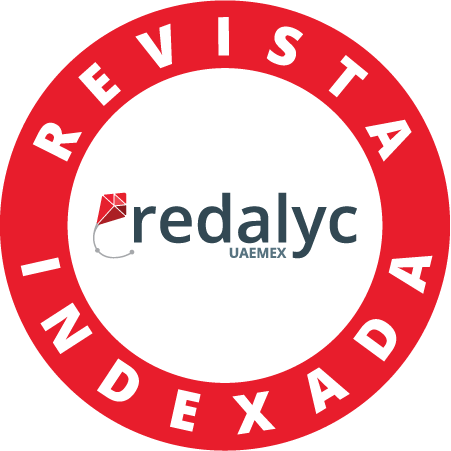Spanish communication research: university research institutes, researchers and their presence in networks
DOI:
https://doi.org/10.58479/almanaque.2023.66Keywords:
communication, social networks, university, university professors, academic visibility, gender studiesAbstract
This paper lists and analyzes the academic visibility tools used, or that can be used, by women researchers in Communication, starting from the case of Spain but with an international vocation. This main purpose contains several complementary objectives: to detect and list the institutes and university organizations of feminist studies and women's studies; to discover and specify, from the previous organizations, those that offer academic publications for their researchers and for researchers from all over the world; to reveal and refer to the most cited Spanish researchers in Communication according to Google Scholar; and to investigate and consider, from the most cited researchers, which academic, social and professional networks they use to share their research and improve their visibility. With this, it aims to help solve the invisibility of women scientists, in general, and of Social Science specialists, in particular. It employs a triangular method: 1) gender studies institutes of Spanish universities; 2) positioning of the 20 most cited Spanish female communication researchers in Google Scholar; and 3) the professional and social networks they use. It is an original but replicable method to study a larger number of women or other areas. The results reveal that 25 Spanish universities have institutes and centers aimed at making the work of women researchers visible and 22 of them have academic journals. It is concluded that women researchers must enhance their visibility in all networks, but institutions must also recognize their work.
Downloads
Published
How to Cite
Issue
Section
License
Copyright (c) 2023 Lucía Ballesteros-Aguayo, Eglee Ortega-Fernández, Graciela Padilla Castillo

This work is licensed under a Creative Commons Attribution-NonCommercial 4.0 International License.
- Attribution - You must give proper credit, provide a link to the license, and indicate if changes have been made. You may do so in any reasonable manner, but not in such a way as to suggest that you or your use is endorsed by the licensor.
- NonCommercial - You may not use the material for commercial purposes.
- NoDerivatives - If you remix, transform, or build upon the material, you may not distribute the modified material.
- No Additional Restrictions - You may not apply legal terms or technological measures that legally restrict others from making any use permitted by the license.















